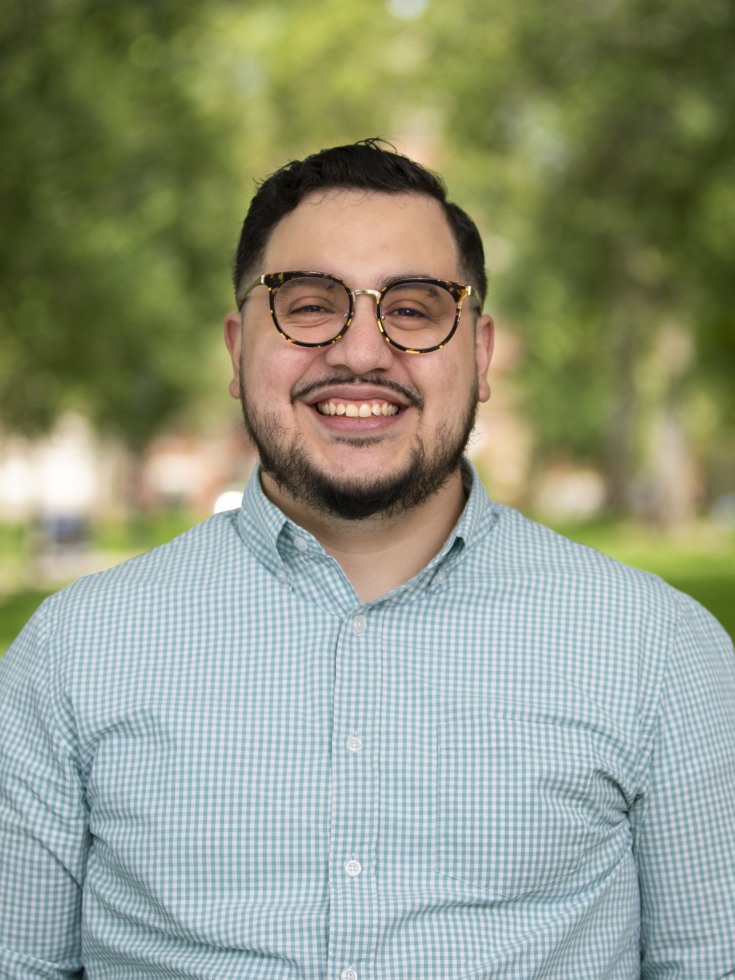Since the early 1990s, White youth have consistently reported higher rates of alcohol, tobacco and cannabis use than youth of color. But that trend has flipped. Black and Hispanic youth now report greater substance use than their White counterparts, a shift one recent study from researchers at the Brown University School of Public Health suggests may be linked to increased experiences of discrimination among young people of color.
The paper, which was published in the American Journal of Preventive Medicine, was led by Robert Rosales, assistant professor of behavioral and social sciences at Brown. It is the first study to directly connect discrimination with the willingness and intention to use substances—known predictors of later substance use among children.
“Kids who experience discrimination are dealing with stressors that others might not face,” Rosales said. “And when we experience stress, we draw on certain coping skills to get through it. If a young person lacks coping strategies, or if they’ve tried the ones they know and they’re not working, they might turn to less healthy ways of coping—such as alcohol or tobacco.”
For the new study, Rosales and his team analyzed the Adolescent Brain Cognitive Development Study of 2024-2025, which involved nearly 12,000 young people between the ages of 9 and 10.
The investigators parsed the data to determine the prevalence of substance use for all youth, examined whether those prevalences differed by ethnicity or race, tested whether race, ethnicity and discrimination independently predicted substance use, and assessed whether the interaction between race/ethnicity and discrimination predicted susceptibility and lifetime use.
